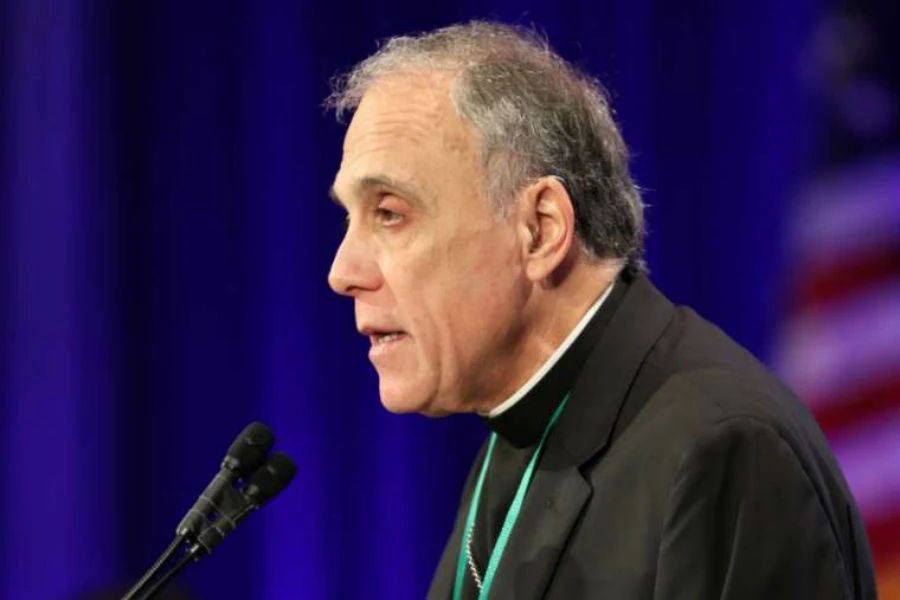
Baltimore, Md., Nov 14, 2018 / 05:03 pm (CNA/EWTN News).- Acknowledging that he was disappointed by the Vatican’s decision to block a vote on sex abuse reform measures, Cardinal Daniel DiNardo of Galveston-Houston said Wednesday he nonetheless sees a hopeful future for the Church in the United States.
In the closing statement of the USCCB’s Fall General Assembly Nov. 14, the president of the conference focused on the upcoming meeting of bishops’ conference presidents in Rome, and hopes that the discussions there among representatives of the global Church will assist with the continued “eradication” of sexual abuse in the Church.
DiNardo offered praise for the various abuse victim testimony and abuse experts throughout the week, saying that they had given him direction and “such good counsel in these last few days.”
In the wake of the allegations against Archbishop Theodore McCarrick, DiNardo reiterated how over the summer, the bishops committed themselves to three goals: an investigation of the claims against McCarrick, developing an easier way to report abuse, and developing a means of holding bishops accountable.
“We are on course to accomplish these goals,” DiNardo told the crowd of bishops.
“That is the direction you and the survivors of abuse have given me.”
DiNardo then proceeded to outline some of the “action steps” the bishops hope to take in the coming future. These include the creation of a process for complaints that are reported to a third-party compliance hotline, the completion of a proposal for a lay commission, and the creation of a national network of diocesan review boards and lay experts that will oversee metropolitans.
These steps represented a combination of some of the proposals that came up over the course of the week’s general assembly.
DiNardo also said that the bishops will look to finalize protocol and standards, and will be creating new guidelines for the release of list of names of priests who have substantiated claims of abuse. He also called for a “fair and timely” investigation of McCarrick and a publication of the results.
The bishops will be “committed to take the strongest possible action at the earliest possible moment,” he said. He looks forward to the February meeting, as he believes that working with the global Church will serve to make the Church in the United States even stronger.
“We must thus as bishops recommit to holiness and mission of the Church,” he said. He said that he is “confident” that along with Pope Francis, the Church will move forward “decisively” after this February’s meeting.
And despite Monday’s initial frustration, DiNardo said that the past three days were “a sign of hope for me, not a disappointment.”
If you value the news and views Catholic World Report provides, please consider donating to support our efforts. Your contribution will help us continue to make CWR available to all readers worldwide for free, without a subscription. Thank you for your generosity!
Click here for more information on donating to CWR. Click here to sign up for our newsletter.





Leave a Reply